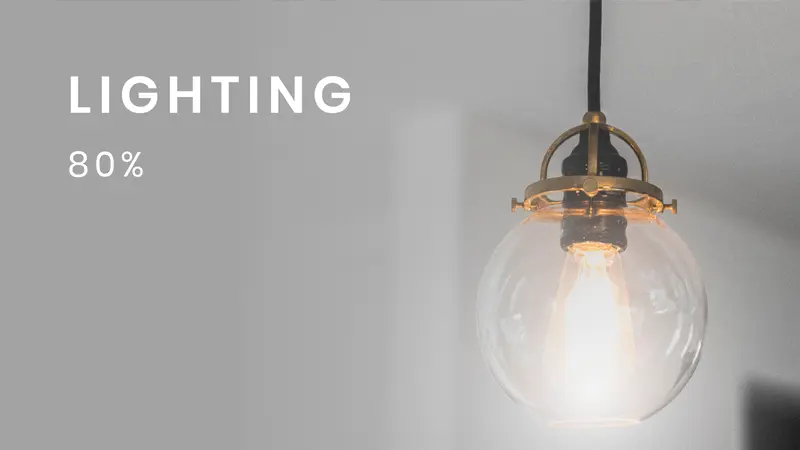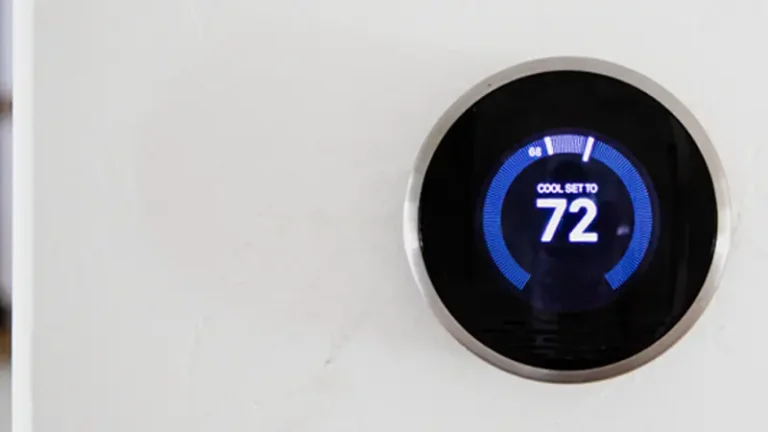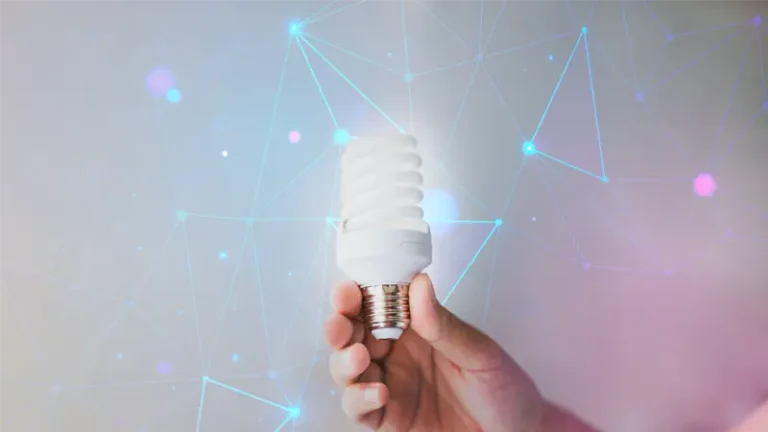We’ve all been there – the frustration of dealing with those old-fashioned light bulbs that just don’t cut it anymore. They lack the cool features we want, and they’re not exactly energy-efficient.
But guess what? There’s a bright solution to that problem – smart light bulbs! These nifty bulbs give you remote control, save energy, and let you set the perfect mood for any occasion.
And here’s the kicker – people are loving them! Smart bulbs are popping up everywhere because they’re convenient, eco-friendly, and they make life a whole lot more fun.
Table of Contents
What Is a Smart Light Bulb?
A smart light bulb, often referred to as an intelligent or connected light bulb, is a type of light fixture that can be controlled and customized to your preferences using various technologies, including Wi-Fi, Bluetooth, Zigbee, or proprietary wireless protocols. What sets smart light bulbs apart from traditional incandescent or fluorescent bulbs is their ability to connect to your home network, allowing you to control them remotely through a smartphone app, voice commands, or automation.
Key Features and Capabilities
Remote Control: Smart light bulbs can be controlled remotely via a smartphone app, which enables you to adjust brightness, change colors, or schedule lighting scenes from anywhere with an internet connection.
Dimming and Color Changing: Most smart bulbs offer the flexibility to adjust their brightness and color temperature, allowing you to create different atmospheres for different occasions.
Voice Control: Many smart bulbs are compatible with popular voice assistants like Amazon Alexa, Google Assistant, and Apple HomeKit, enabling you to control them with simple voice commands.
Automation and Scheduling: You can set schedules and automation routines for your smart bulbs to turn on, off, or change settings at specific times, making your home more energy-efficient and secure.
Compatibility: Smart bulbs often work seamlessly with other smart devices in your home, such as smart thermostats, cameras, and speakers, to create a unified and connected ecosystem.
How Do Smart Light Bulbs Work?
Smart light bulbs typically use one of three common wireless communication methods:
Wi-Fi: Wi-Fi-connected bulbs connect directly to your home Wi-Fi network. This connection allows for easy control and remote access through a dedicated app on your smartphone.
Bluetooth: Bluetooth-enabled bulbs connect directly to your smartphone via Bluetooth, offering a more localized control range. You can control these bulbs when you are in close proximity to them.
Zigbee or Z-Wave: Some smart bulbs use Zigbee or Z-Wave protocols, which require a hub or bridge to connect them to your home network. These bulbs are often part of a larger smart home ecosystem.
Benefits of Smart Light Bulbs
Energy Efficiency: Smart bulbs are energy-efficient and often use LED technology, reducing energy consumption and lowering your electricity bills.
Convenience: The ability to control your lighting remotely and automate it according to your preferences enhances convenience and simplifies daily routines.
Creativity: Smart bulbs offer a wide range of colors and customizable lighting scenes, allowing you to create the perfect ambiance for any situation.
Security: Use smart bulbs to create the illusion of an occupied home when you’re away, enhancing your home’s security.
Longevity: LED-based smart bulbs have a longer lifespan compared to traditional incandescent bulbs.
Conclusion
Smart light bulbs have revolutionized the way we illuminate our spaces, providing us with greater control, convenience, and creativity when it comes to lighting. Whether you’re looking to save energy, enhance your home’s security, or simply create the perfect ambiance, smart light bulbs offer an array of benefits that make them a valuable addition to any modern home. Embrace this smart lighting technology, and you’ll never look at light bulbs the same way again.




